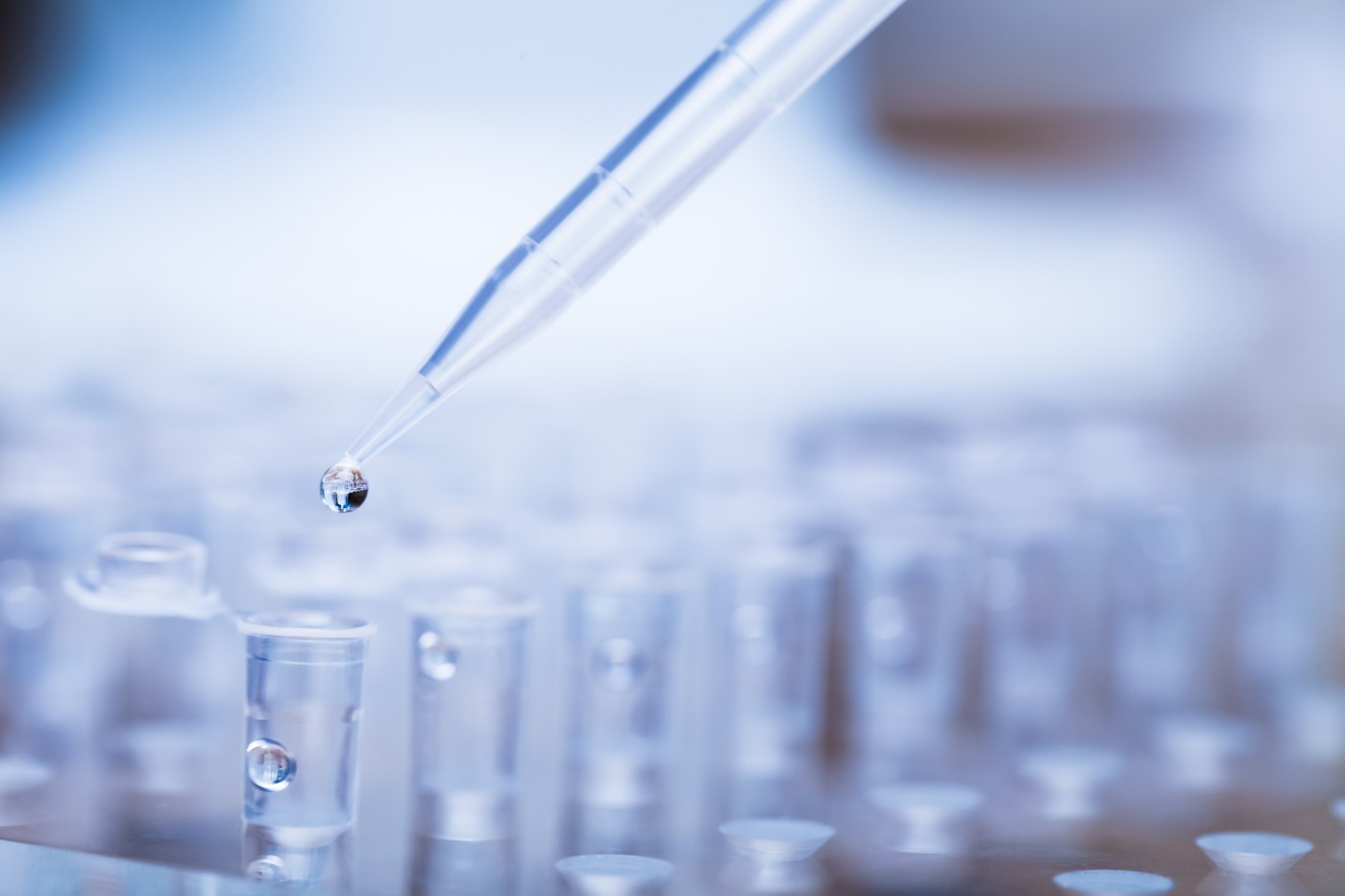Way Found to Quickly Analyze Mitochondrial Components, Key to Disease Study

Researchers have developed a way of more accurately and rapidly isolating mitochondria to allow the study of its enzymes and metabolites. The method is likely to advance research in a number of disease fields, with particular impact on studies of mitochondrial diseases.
Described in the study “Absolute Quantification of Matrix Metabolites Reveals the Dynamics of Mitochondrial Metabolism,” published in the journal Cell, the approach uses antibodies to isolate the mitochondria, and could be adapted to isolate other cell components.
“The advantage of this new method is that it offers a combination of both increased speed and specificity,” David Sabatini with the Whitehead Institute for Biomedical Research in Massachusetts, the study’s senior author who is also a Howard Hughes Medical Institute investigator and a professor of biology at Massachusetts Institute of Technology, said in a news release. “We are quite excited about applying this workflow in vivo and to other organelles such as lysosomes.”
Existing methods can be so slow that the enzymes and metabolites inside the mitochondria start degrading. One common way of separating mitochondria from other cell parts, for example, uses several rounds of centrifugation. Although fairly effective, the process often takes more than an hour to complete.
According to Walter Chen, a graduate student in Sabatini’s lab and the study’s first author, this is far too long for when studying factors inside mitochondria. Even if the work is performed at 0 or 4 degrees Celsius to slow the degradation processes, enzymes and transporters in the mitochondria start breaking down.
Another method uses a shorter sequence of centrifugations, but what it gains in speed it loses in accuracy — the procedure poorly separates mitochondria from other cell components, giving researchers a skewed signal when measuring mitochondrial metabolites.
Chen used a completely different approach. Attaching molecular tags to the surface of the mitochondria allows antibodies to recognize them. The antibodies are also attached to microscopic magnetic beads, and when antibodies link with the mitochondria they also link the mitochondria with the beads. This allows a researcher to find and isolate the mitochondria quickly, sort of like finding a needle using a magnet.
The process, known as immunopurification, has been used for other laboratory applications, but the research team now adapted it to mitochondrial isolation.
Using the approach, researchers were able to pull mitochondria out of a cell soup, break them open and stop all breakdown processes within 10 minutes. Data published in Cell show that the method produces metabolite analyses that better mirrors levels found in living cells.
“From the data we have so far, profiling mitochondria with this method definitely gives you greater resolution than what you would obtain using traditional methods to profile whole cells,” said Chen, “On the in vivo front, I think this is going to be quite powerful, and that’s what I’m most excited about. But I can already see that this can lead people in new and interesting directions.”
Since mitochondrial dysfunction contributes to numerous disease states, including Parkinson’s disease and cardiovascular disease, the method has the potential to lead to new disease insights in a variety of research fields.






